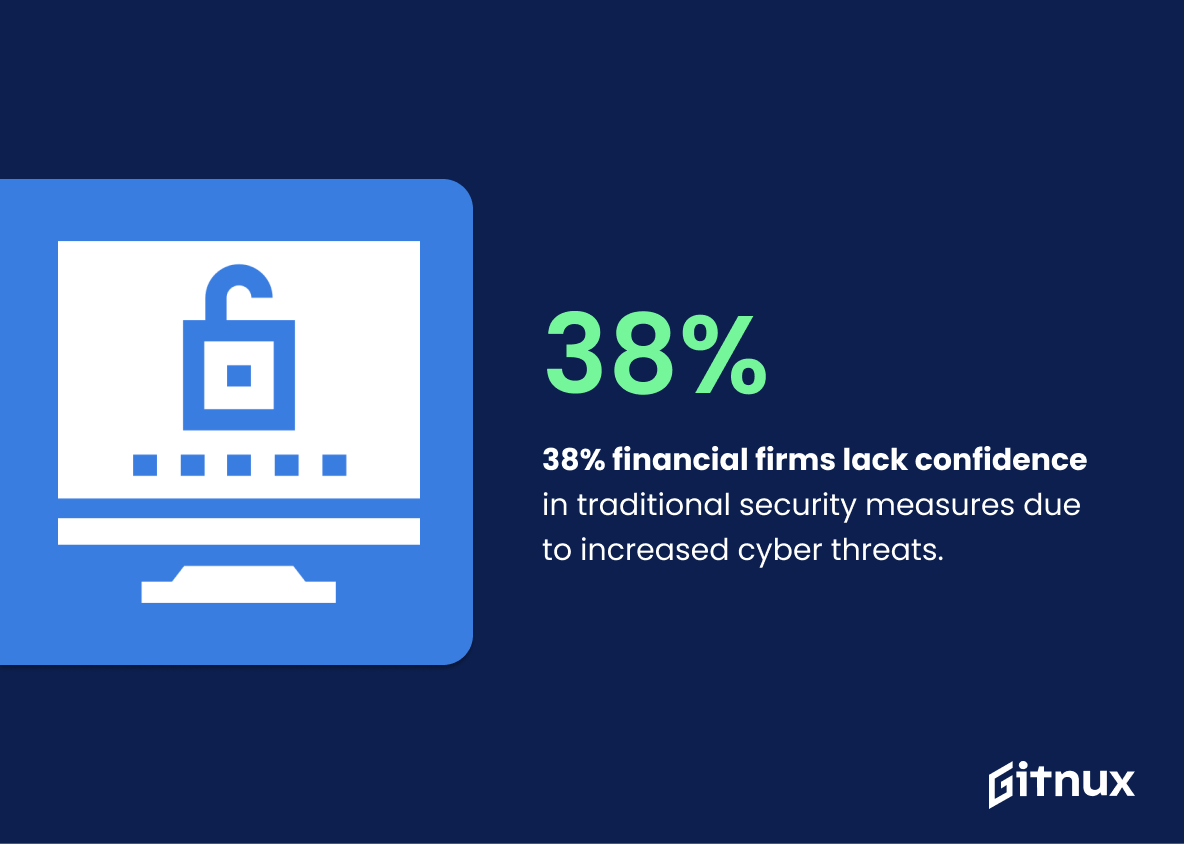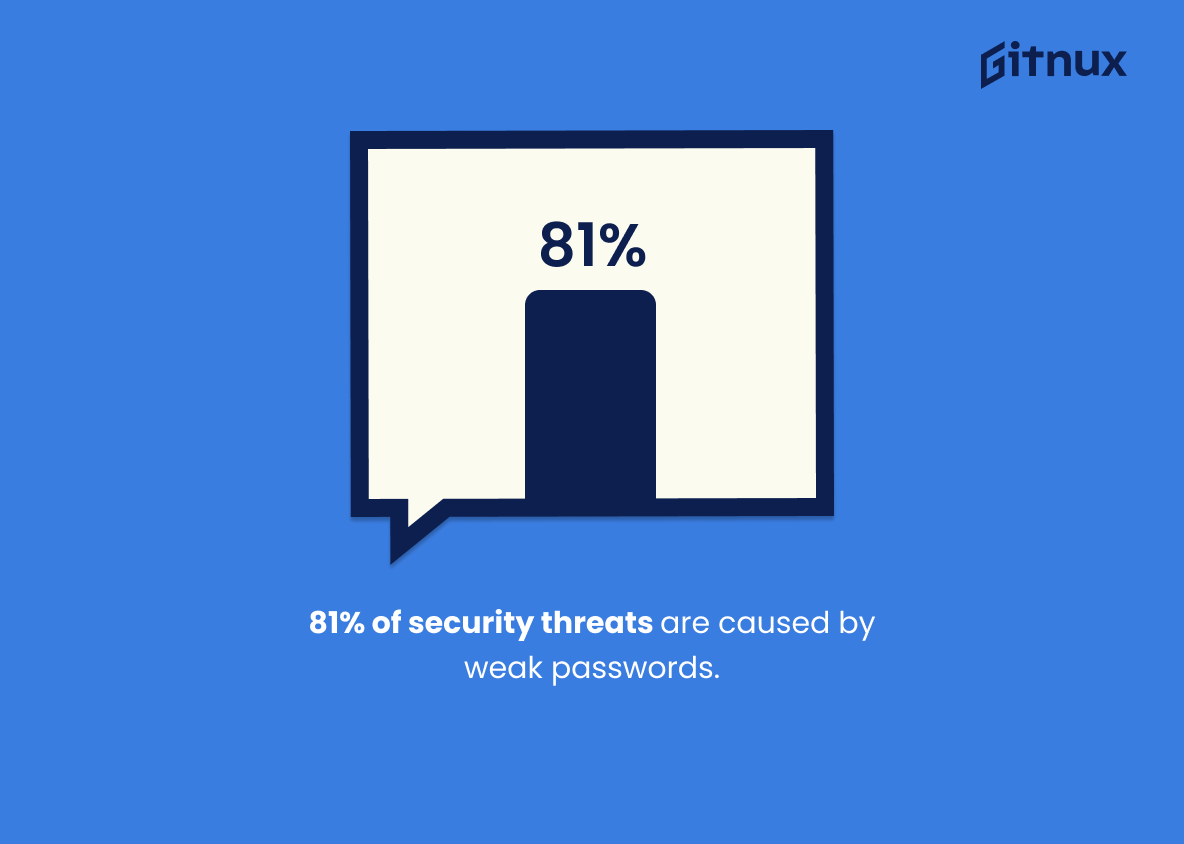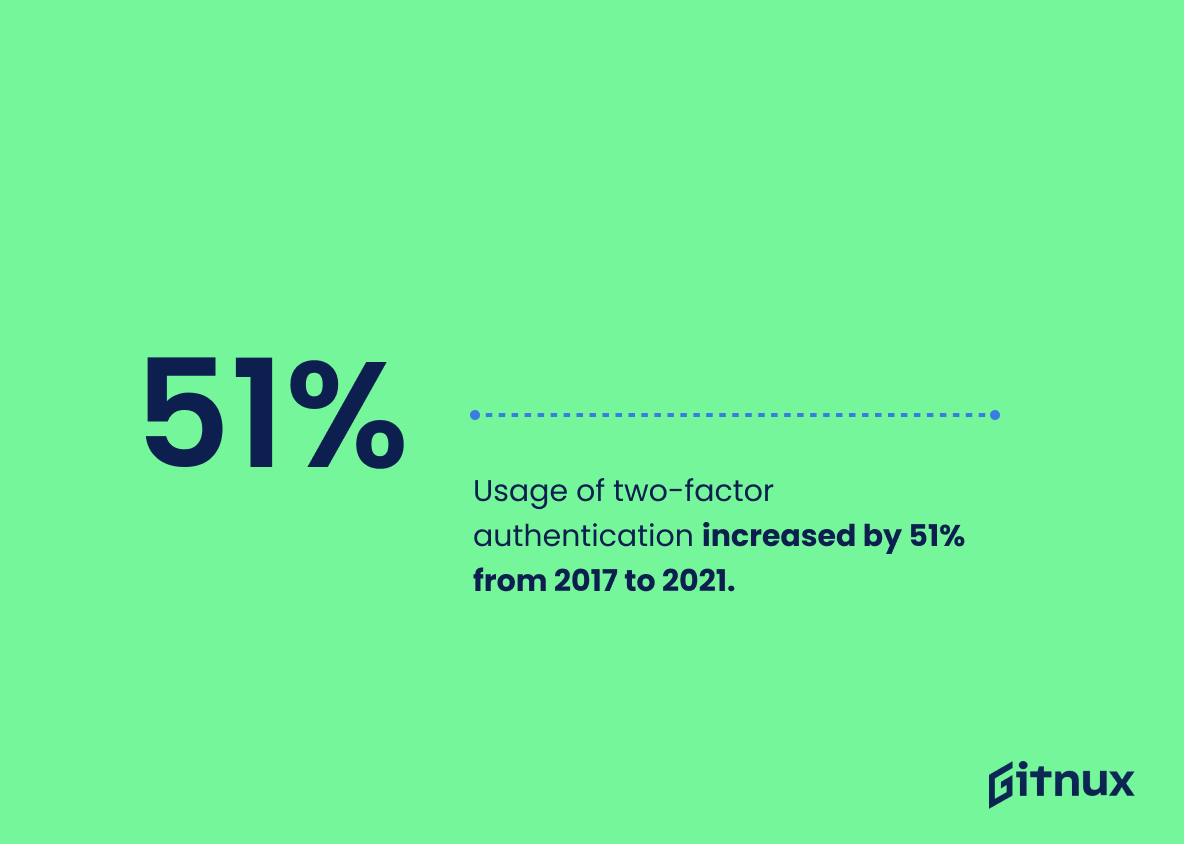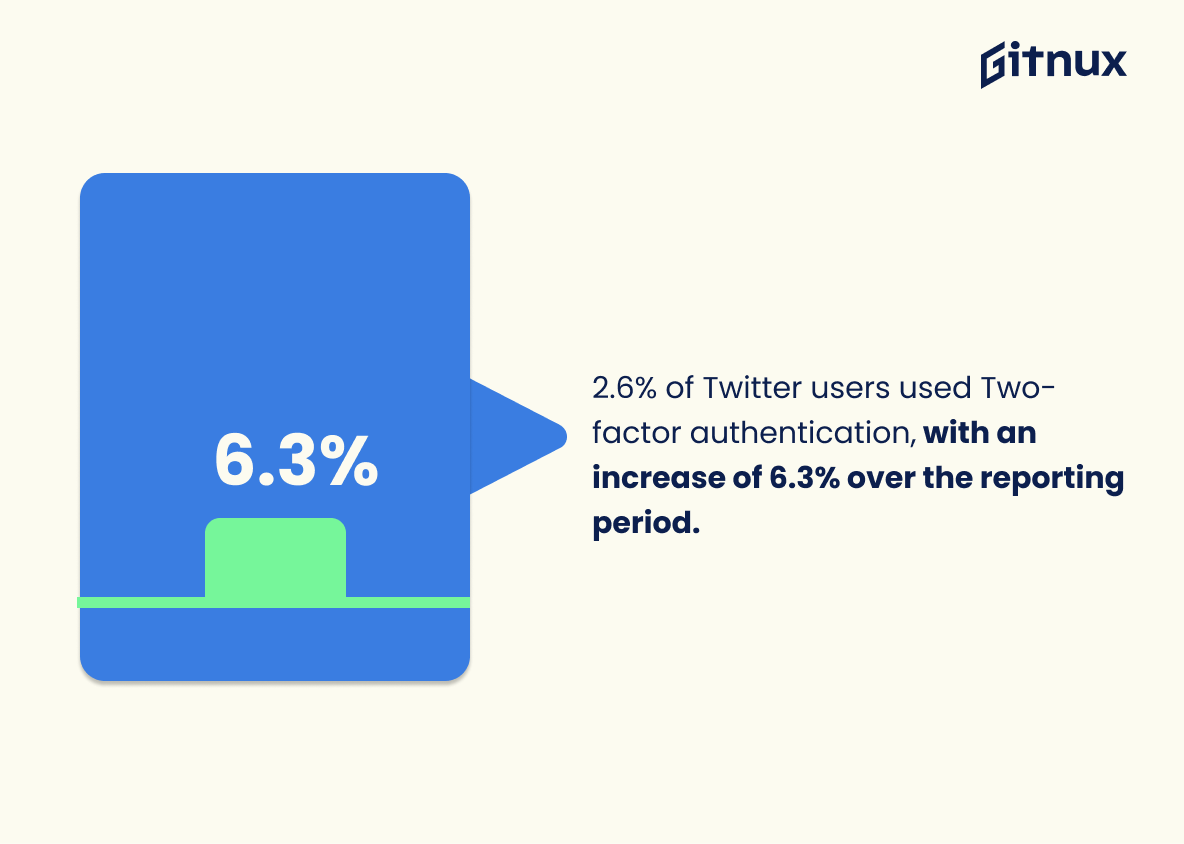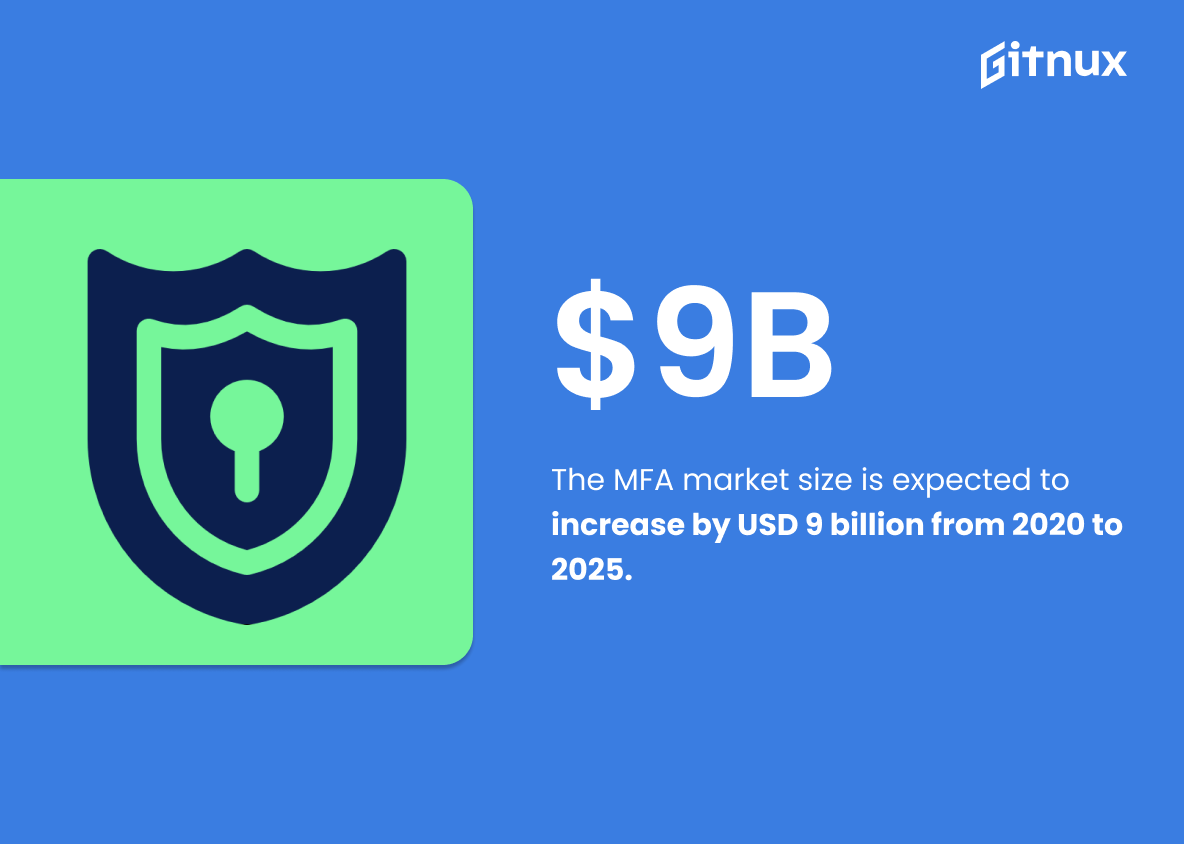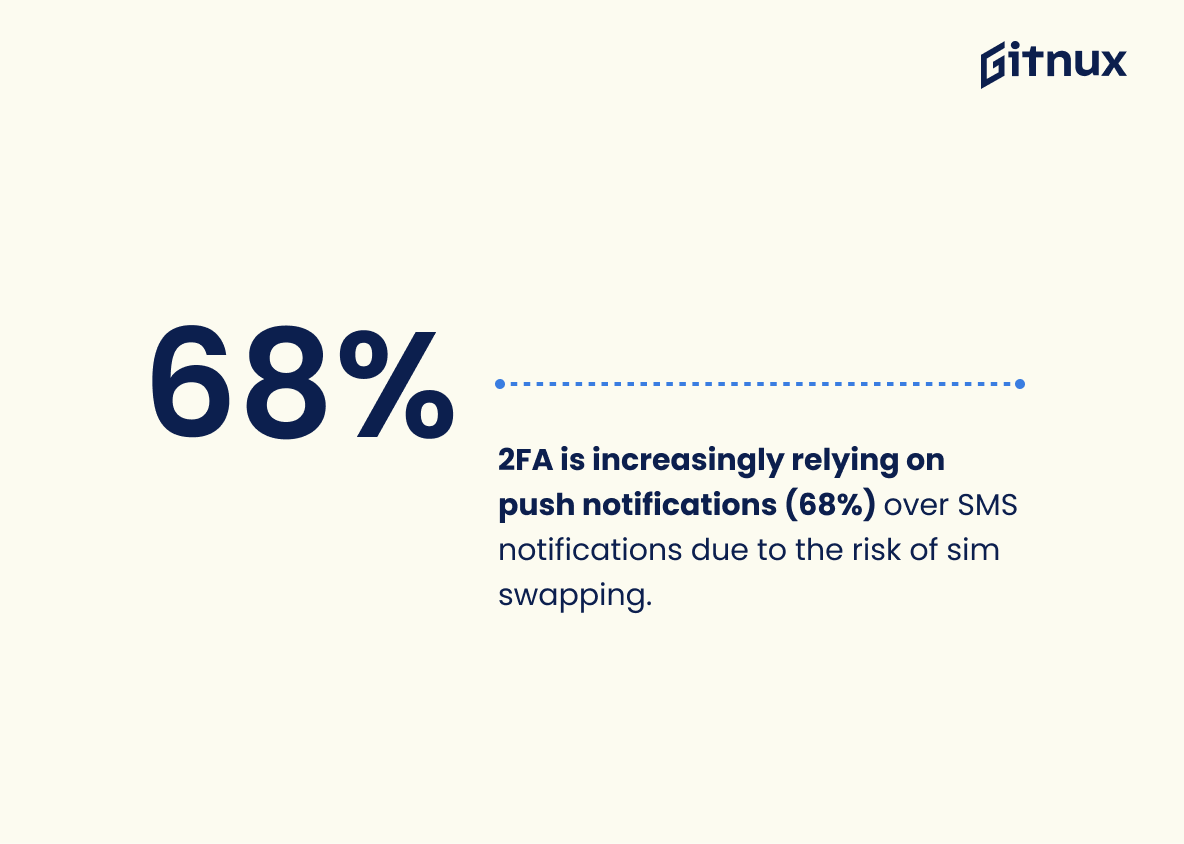Two-factor authentication (2FA) is a security measure that adds an extra layer of protection to online accounts. It requires users to provide two pieces of evidence to verify their identity before they can access their accounts. This extra layer of security is becoming increasingly popular, as more and more businesses and individuals are turning to 2FA to protect their data.
In this article, we’ll take a look at some of the latest two-factor authentication statistics and discuss why 2FA is so important. We’ll also explore how businesses and individuals can benefit from implementing 2FA and the potential risks associated with not using it.
Two-Factor Authentication: The Most Important Statistics
2FA can block 100% of automated bots, 96% of phishing attacks, and 76% of targeted attacks, but increases the chances of account lockout due to lack of access to phone or second email address.
Most individuals (73%) prefer to use smartphones for 2FA, with 17% preferring a built-in authenticator, 5% preferring a smart card, and 5% preferring a single security key.
Two-Factor Authentication Statistics Overview
38% of financial companies reported that traditional security measures are unable to keep data safe, with a 5% drop in confidence levels due to increased cybersecurity threats.
This shows that traditional security measures are not enough to protect data from cyber threats, which highlights the importance of implementing additional security measures.
81% of security threats are caused by weak passwords.
Weak passwords make it easier for hackers to gain access to sensitive information, so two factor authentication provides an extra layer of security that can help protect against these threats.
Usage of two-factor authentication increased by 51% from 2017 to 2021.
Thus, two-factor authentication is becoming increasingly popular, which is important for security purposes. This is especially true when it comes to financial accounts, which respondents expressed as their biggest concern for security. As two-factor authentication becomes more widely used, it will help to protect people’s accounts and data from malicious actors.
2.6% of Twitter users used Two-factor authentication, with an increase of 6.3% over the reporting period.
Two-factor authentication is becoming increasingly popular, and more users are taking the necessary steps to protect their accounts from hackers. Also, people are becoming more aware of the need for strong security measures to protect their data.
2FA can block 100% of automated bots, 96% of phishing attacks, and 76% of targeted attacks, but increases the chances of account lockout due to lack of access to phone or second email address.
2FA and MFA (Multi-Factor Authentication) can block over 99.9% of account compromise attacks.
The MFA market size is expected to increase by USD 9 billion from 2020 to 2025.
2FA is expected to grow by 17.28% and gain USD 44.05 billion by 2030, showing its importance in countering increased risk in cybersecurity.
2FA is therefore becoming increasingly important for companies to protect themselves from data breaches, especially in the financial sector, and that its use is expected to grow significantly in the coming years.
Most individuals (73%) prefer to use smartphones for 2FA, with 17% preferring a built-in authenticator, 5% preferring a smart card, and 5% preferring a single security key.
The majority of people prefer to use smartphones as their primary method of authentication, which allows companies to prioritize their resources towards making this method as secure and user-friendly as possible.
Two-Factor Authentication (2FA) is increasingly relying on push notifications (68%) over SMS notifications due to the risk of sim swapping.
Conclusion
In conclusion, two-factor authentication is becoming increasingly popular as a security measure for businesses, organizations, and individuals. The statistics show that two-factor authentication is an effective way to protect data and accounts from unauthorized access.
It is important to remember that two-factor authentication is only one part of a comprehensive security strategy. Other measures such as strong passwords and regular security updates should also be implemented to ensure the highest level of security.
References
1 – https://www.pwc.com/gx/en/consulting-services/information-security-survey/assets/pwc-financal-services.pdf
2 – https://dataprot.net/statistics/two-factor-authentication-statistics/
3 – https://duo.com/assets/ebooks/state-of-the-auth-2021.pdf
4 – https://transparency.twitter.com/en/reports/account-security.html#2021-jan-jun
5 – https://security.googleblog.com/2019/05/new-research-how-effective-is-basic.html?/en-US/index.html
6 – https://www.microsoft.com/en-us/security/blog/2019/08/20/one-simple-action-you-can-take-to-prevent-99-9-percent-of-account-attacks/
7 – https://www.grandviewresearch.com/industry-analysis/multi-factor-authentication-market
8 – https://www.globenewswire.com/en/news-release/2022/11/11/2554070/0/en/Two-Factor-Authentication-Market-Worth-USD-44-05-Billion-at-a-17-28-CAGR-by-2030-Report-by-Market-Research-Future-MRFR.html
9 – https://www.zippia.com/advice/mfa-statistics/
10 – https://dataprot.net/statistics/two-factor-authentication-statistics/
